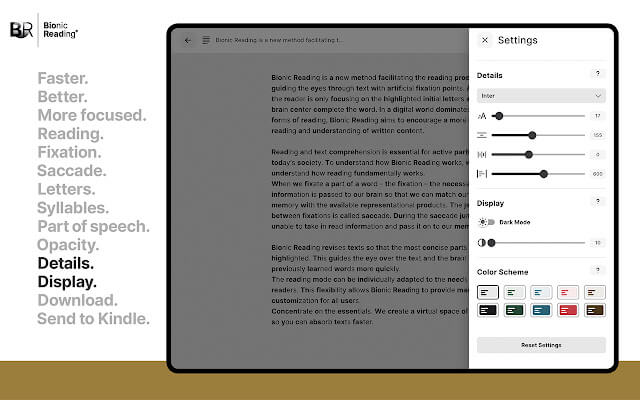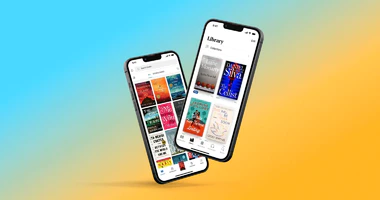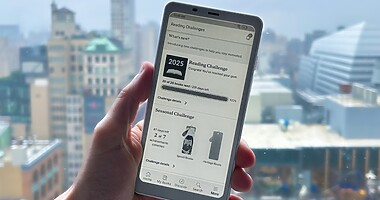
Developed by Swiss typographic designer Renato Casutt, Bionic reading is a newly developed reading method that combines biology and technology to make reading easy. It has been trending all over the social media platforms (like TikTok/Instagram) lately, especially the ADHD TikTok. While viewers have shown multiple reactions on this particular topic, there’s still a lot of awe, skepticism, and doubts on the same. So, does bionic reading really help you learn faster/better, or is it just a myth? Here’s a brief:
Bionic Reading Algorithm
Bionic reading works on the simple mechanism where you bold the concise parts of the world, so your eyes can read the texts quickly. The thumb rule is when the brain focuses on highlighted alphabets, the rest of the word gets filled in automatically. Ultimately, it takes the benefit from the brain’s repository of both optical information and context for a better understanding of the words. For its extensive benefit, bionic reading has received an award from the German design council.
What are the Benefits of Bionic Reading?
The primary benefit of bionic reading is that it helps to hold a better pace with reading comprehension. This is possible due to multiple techniques, including skimming, scanning, and intensive reading. Not only does it help readers understand the terms easily, but it also ensures better information retention.
Additionally, bionic reading can help with better processing of words. It saves time and boosts productivity by improving reading skills. It also helps readers to focus on other crucial tasks and responsibilities.
Is it Really Helpful for Reading?
Now, the main question: Does bionic reading really work? Well, looking at the TikTok and Instagram comments, it seems so. A TikTok user (with ADHD) named Helen Villiers commented on the topic, where she was absolutely amazed by the tool. She also calls it her “personal game changer” and wants to know whether it’s helpful for neurodivergent readers or not.
Similarly, other social media platforms, like Twitter, also saw positive reactions from people suffering from dyslexia, autism, or related diseases. There were some mixed reviews related to bionic reading too. While some people found it unpleasant for long-term use, others think it didn’t help much.
How to Try Bionic Reading?
If you want to try bionic reading, you can download the Bionic Reading app from your PlayStore (available on both Android and Apple Store). Additionally, there are extensions and applications related to bionic reading, like BioRead, Bionify, and Spreeder. You can choose and install them on your device according to your preferences.
Have you tried bionic reading yet? If yes, how was your experience?
Navkiran Dhaliwal is a seasoned content writer with 10+ years of experience. When she's not writing, she can be found cooking up a storm or spending time with her dog, Rain.





